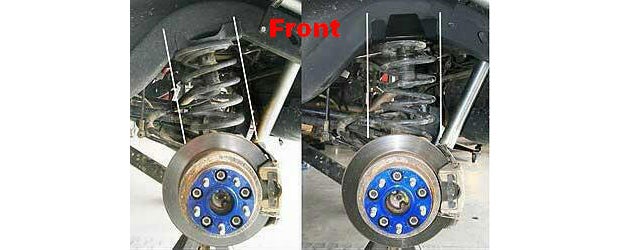
Every once in a while a product comes along that’s not only good for your Jeep but is also relatively easy to install, a product that looks good, works well, and slides in exactly like the instruction sheet says it should. Rusty’s Spring Relocator kit is just such a product, and kits are available for JK models as well as the TJ/LJ shown here.
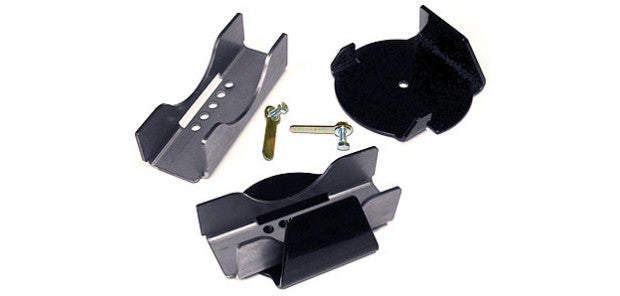
If any of you have lifted your Jeep more than a minimal 2-inch lift, you know that the top and bottom rear spring pads are no longer vertical to each other. In other words, your rear springs end up on an angle or bowed. Either way reduces the rear springs’ overall performance—they no longer provide their full support rating for the Jeep’s weight.
To correct that, Rusty’s Off-Road Products in Rainbow City, Alabama, offers a kit that replaces the OEM upper spring pad on the Jeep’s frame rail. Once the mount’s base is mounted to the frame, the relocator is attached to it. The relocator has five holes predrilled in it for locating it on the frame-mounted base. Each hole represents an inch in locating the upper spring pad. This is to allow for the changing wheelbases of various lift designs. The Rusty’s instruction sheet recommends the center hole to begin with, which is where we located it initially. We then discovered with the LJ’s lift kit we had to use the most forward location.
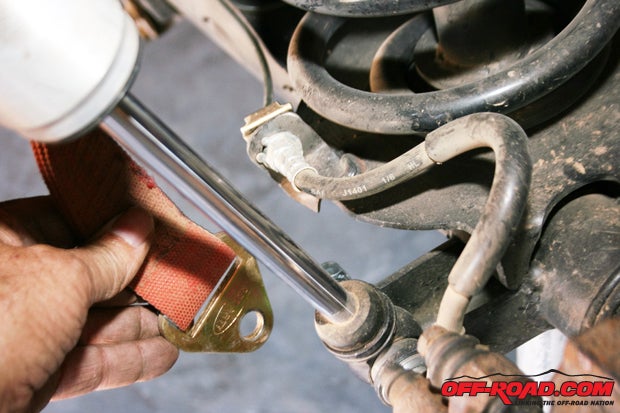
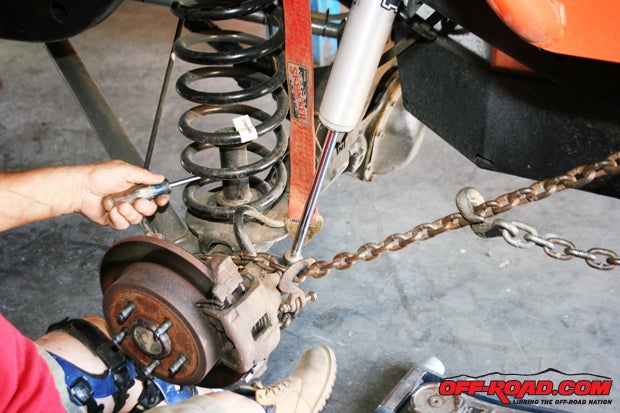
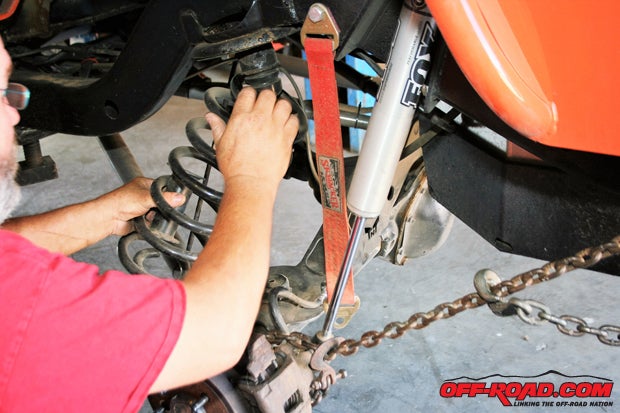
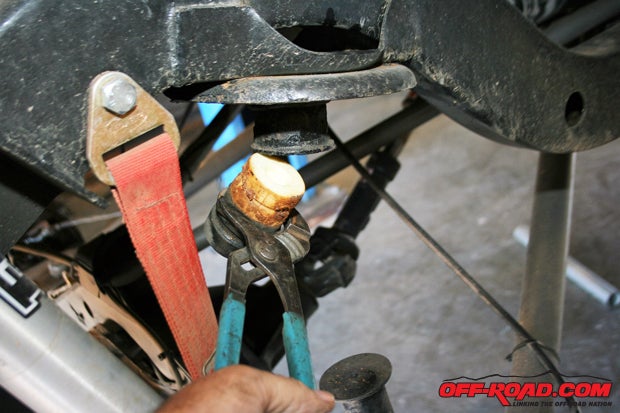
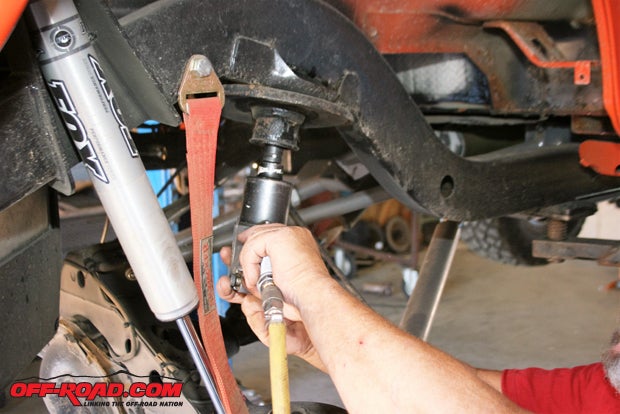
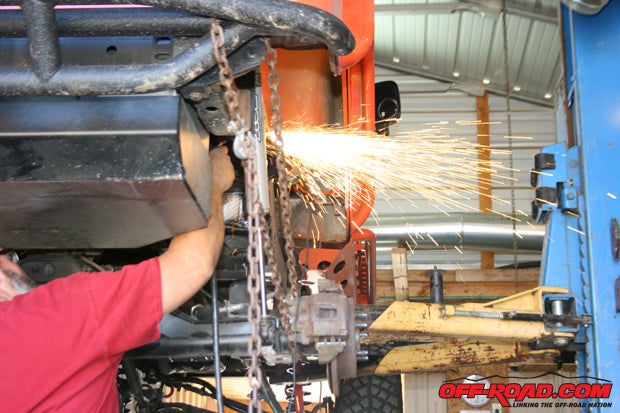
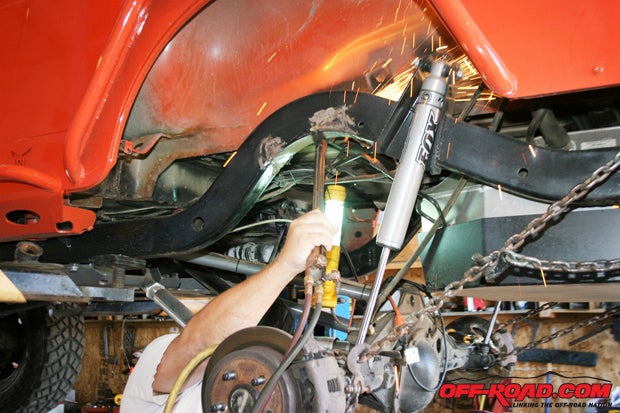
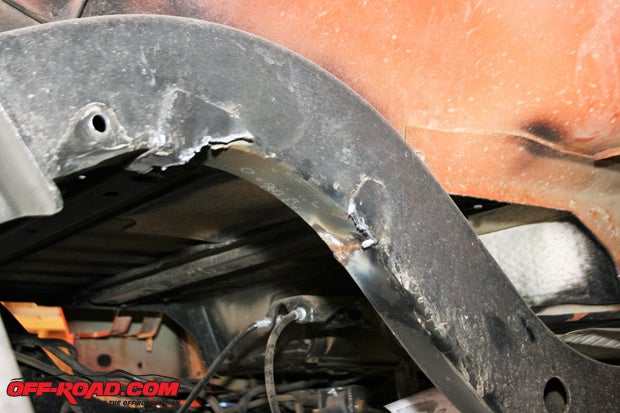
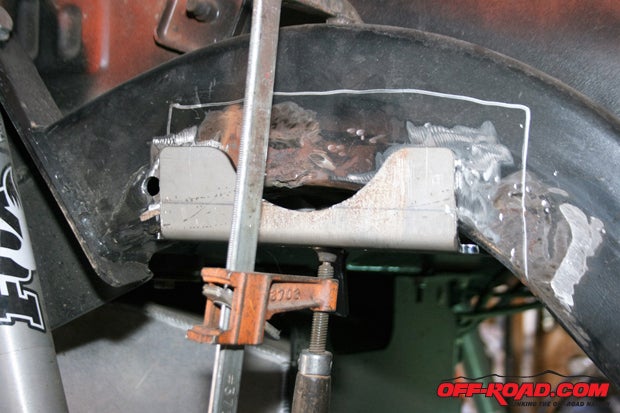
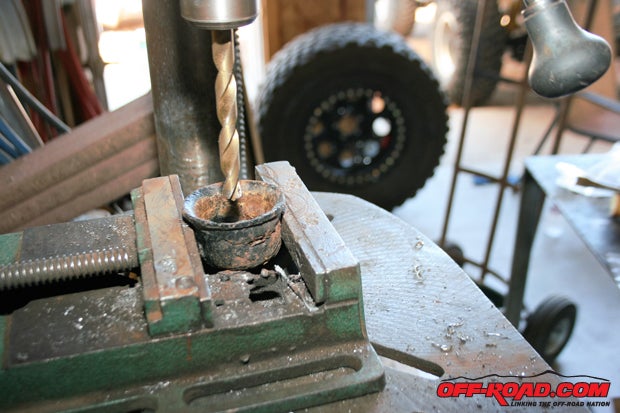
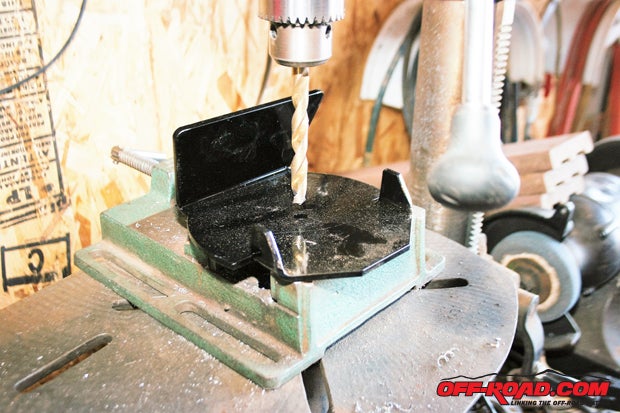
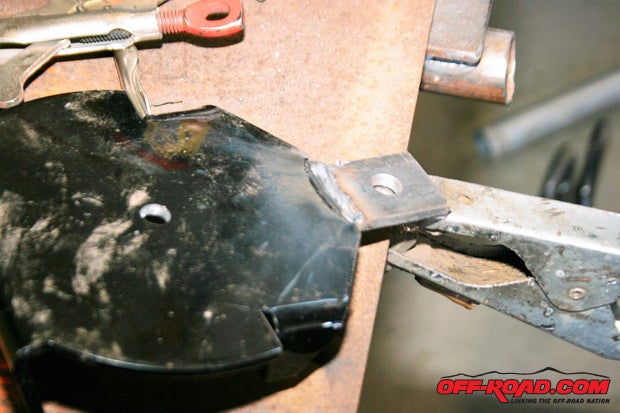
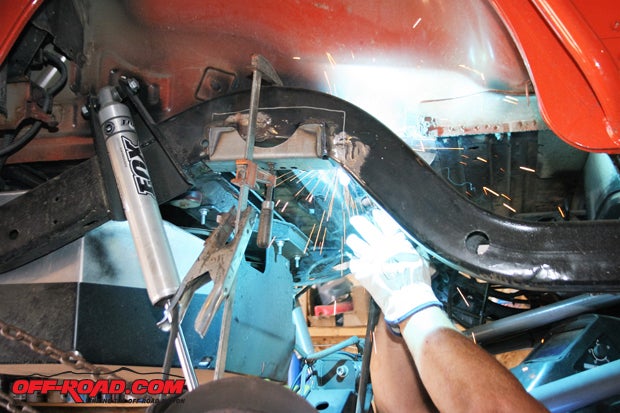
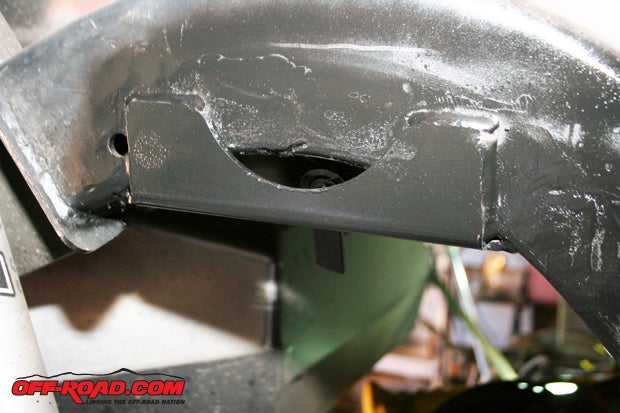
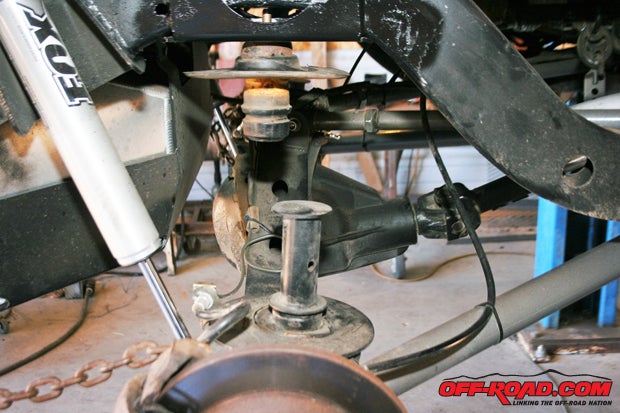
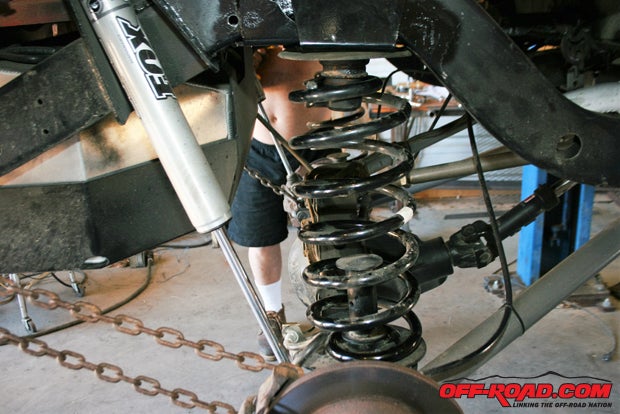
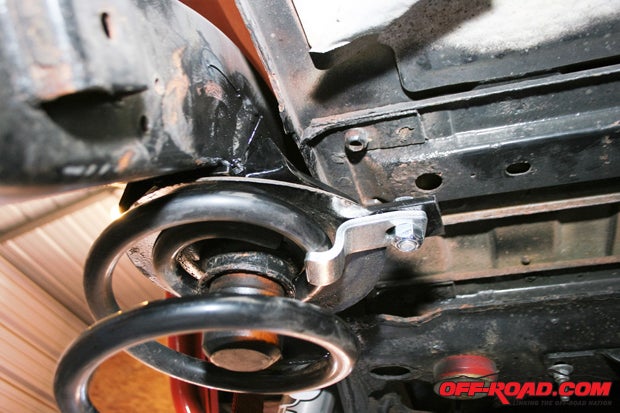
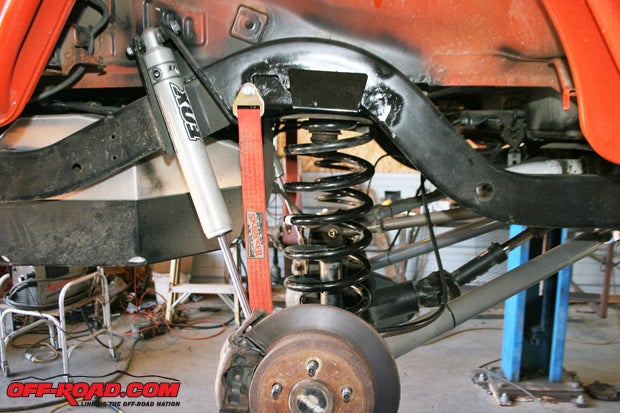
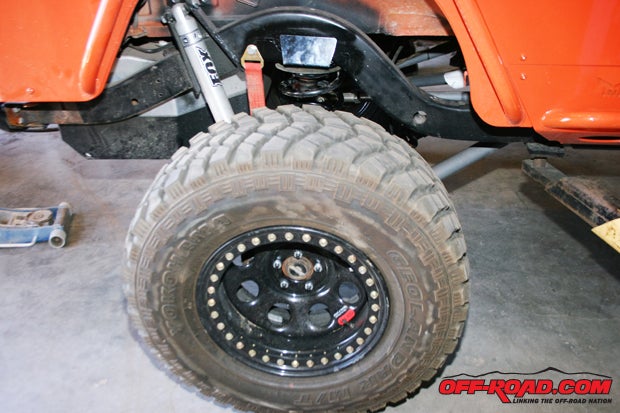
Author’s note: It would have been much easier to install the Rusty’s kit had we done it while installing the lift kit; however, at the time we didn’t realize we’d need it. I highly recommend using Rusty’s Spring Relocator kit regardless of whichever kit you’re using on your Jeep. Rusty’s also offers several kits and specialized shock absorbers if you haven’t chosen a kit yet.
Sources:
Rusty’s Off-Road
http://www.rustysoffroad.com/
TerraFlex
https://teraflex.com/


 Your Privacy Choices
Your Privacy Choices